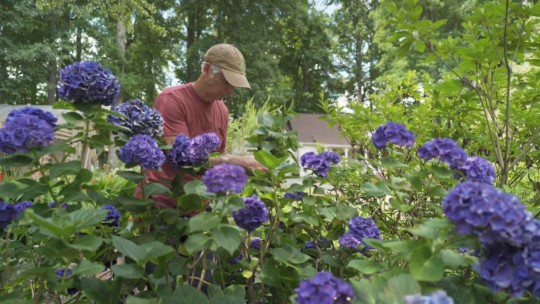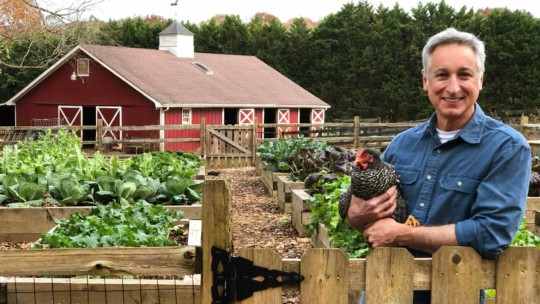Sometimes the best thing we can do for our plants and trees is to prune them back. Not only can it improve the overall appearance of your landscape, but it makes plants healthier, too. In this pruning tips video, Joe Lamp’l—a.k.a. “Joe Gardener“—shows you where, when, and how to make proper cuts so you can start pruning like a pro in no time.
Although you’ve no doubt heard pruning is important, you may have been hesitant to do so in the past for fear of making a mistake. But, not pruning could well be your biggest mistake. It’s necessary to prune your plants for several reasons, namely to:
- Control the size or shape
- Remove dead or diseased branches or limbs
- Improve structure
- Stimulate new growth or flowering
Although it feels counterintuitive to prune for new growth, once you understand the science behind this concept, it can be a game changer in your backyard explains Lamp’l. Basically, growth suppression hormones in plants can cause new buds to remain dormant. By pruning, you can cut out the suppression hormone, which allows new buds to begin growing.
Lamp’l offers these four time-tested tips to help you become a pruning ninja in no time flat.
Lamp’l’s Pruning Tips
- Timing is everything. Know that certain times of the year are better for pruning than others. The best time is late winter or early spring just prior to new growth starting to develop. The next-best time is early to mid-summer, but you’ll need to be careful not to stress plants by doing so. Early to mid-fall is the least favorable time to prune.
- Determine the optimal time for pruning certain flowering plants. Some flowering plants should be pruned based on the current season’s growth, so that means pruning them in late winter. Butterfly bush, spirea, and some types of hydrangea fall into this category. Other flowers produce new buds on old growth. If you prune these plants in late winter, you’ll prune all the flower buds, so opt for mid-summer.
- Know where to prune. For plants with a single bud, find a place on the branch about half an inch above an outward-facing bud, and make your cut at an angle with the highpoint facing out. For stems and branches with buds located in pairs, make the cut about half an inch above the bud and cut straight across.
- Know your pruning limit. A good rule of thumb is to take no more than a third of the total branch length (measuring from the tip back). There are exceptions to every rule, but the third rule is a good one to stick to.
There’s no need to fear pruning. Once you understand the importance in the overall health and growth of every plant, you can simply build up your confidence with practice. Before you know it, you’ll be pruning like a pro, too!



